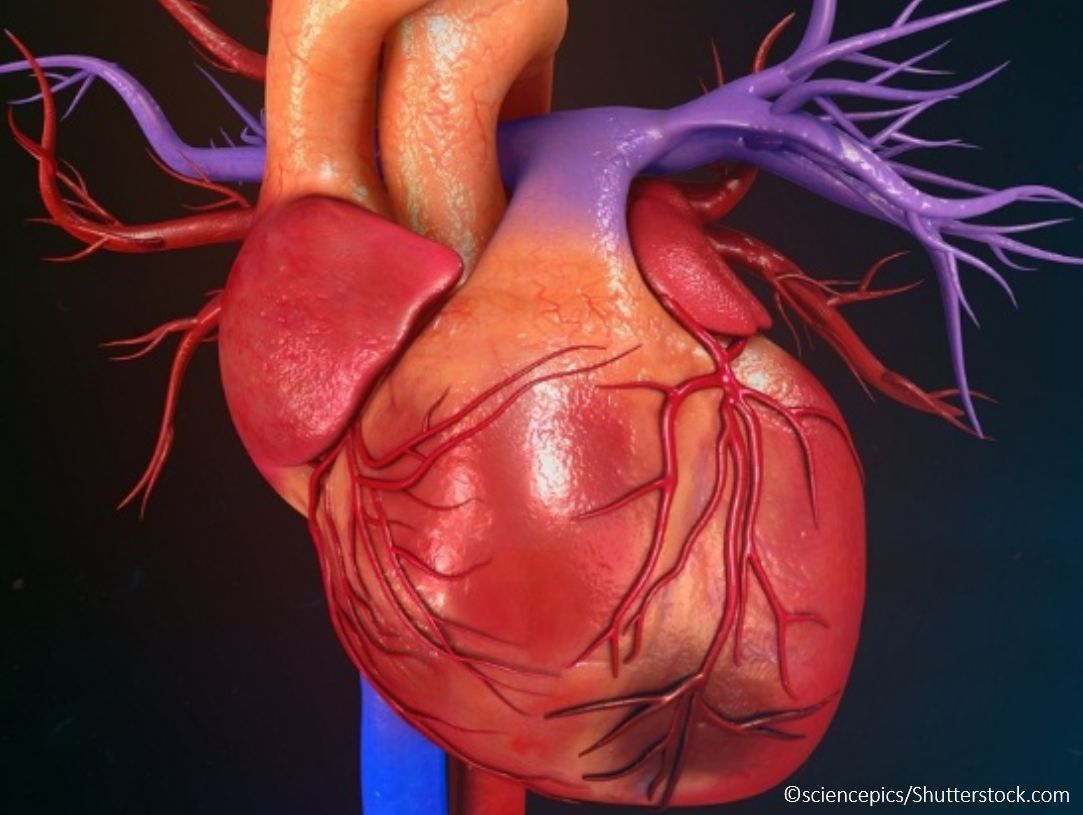ISCHEMIA: Initial Revascularization Did Not Reduce Adverse CV Outcomes in SIHD
AHA Scientific Sessions 2019: In SIHD patients with moderate-severe ischemia, initial revascularization + OMT compared to OMT alone did not reduce the risk for adverse CV outcomes

Use of an initial invasive approach in patients with stable ischemic heart disease (SIHD) and moderate to severe ischemia did not reduce risk for adverse cardiovascular (CV) outcomes compared with a more conservative approach, according to the eagerly anticipated results of the ISCHEMIA trial presented at the AHA Scientific Sessions 2019.
Over a median of 3.3 years, the rate of the primary composite endpoint of CV death, nonfatal myocardial infarction (MI), resuscitated cardiac arrest, hospitalization for unstable angina, or heart failure was 15.5% for the conservative approach compared with 13.3% for the invasive approach, a non-significant difference (HR=0.93; P=.34).
Additionally, there was no significant difference in the secondary endpoint of time to CV death or MI (HR=0.90; P=.21).
ISCHEMIA was designed to compare cardiac catheterization and feasible revascularization plus optimal medical therapy with optimal medical therapy alone in patients with SIHD and moderate or severe ischemia. The trial included 5,179 patients with a median age of 64 years.
“We found no overall difference between the two groups in terms of the primary endpoint or the major secondary endpoint,” said presenter Judith Hochman, MD, of New York University, in a video that is part of the AHA’s in-depth analysis of the trial.
Overall, the all-cause mortality was low in this well-treated population at about 6.5% at 4 years for both groups (HR=1.05). In her presentation of the results, Dr. Hochman noted that the probability of at least a 10% benefit of the invasive strategy on all-cause mortality was less than 10% based on pre-specified Bayesian analysis.
Dr. Hochman also noted that based on the exclusion criteria, the results do not apply to patients with acute coronary syndrome within 2 months, highly symptomatic patients, left main stenosis, and LEVF less than 35%.
Commenting on the study for American Heart Association Science News, Rasha Al-Lamee, MBBS, MRCP, PhD, said that the results are important and likely practice changing.
“It will inform what we do going forward in terms of evaluating these patients with ischemic tests and deciding whether or not these patients need catheterization or, indeed, revascularization,” Dr. Al-Lamee said.
Source: Hochman JS, et al. International Study of Comparative Health Effectiveness with Medical and Invasive Approaches: Primary report of clinical outcomes. Presented at American Heart Association Scientific Sessions; Nov. 16, 2019.